Clinical Practice Reflection: A Nursing Student's Learning Journey
VerifiedAdded on 2023/06/05
|5
|898
|429
Journal and Reflective Writing
AI Summary
This journal entry reflects on a nursing student's experience in a healthcare setting, focusing on medication administration. The student discusses administering oral antibiotics to adults and observes peers administering intramuscular and subcutaneous injections, noting the importance of the five rights of medication administration but also shortcomings in allergy checks. The student reflects on the broader aspects of medication administration, including dosage assessment, medication selection, timing, patient care, and understanding patient psychology. The experience underscores the need for heightened skills in injection practices and emphasizes the significance of patient medical history and potential adverse effects. The student acknowledges initial fears and the high-risk nature of medication administration, highlighting the importance of concentration and patient safety. Clinical learning is deemed essential for preparing future healthcare workers. The student expresses a desire for more experience with injections and pediatric care. The action plan includes improving disease detection skills through further study and practical engagement to overcome confusions and enhance patient care, aiming for improved patient assessment, illness detection, and accurate dosage administration within the next few months. Desklib provides access to similar solved assignments for students.
1 out of 5
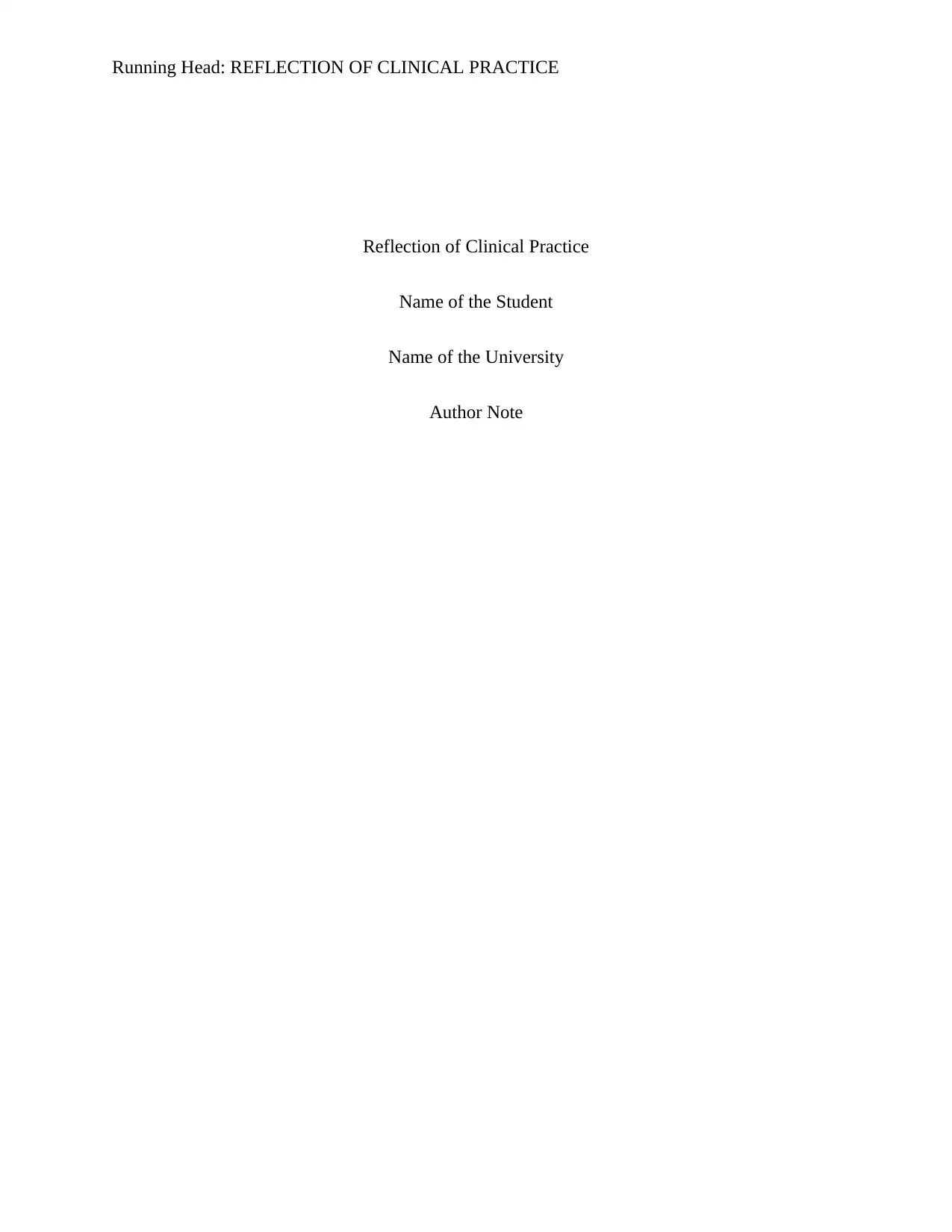
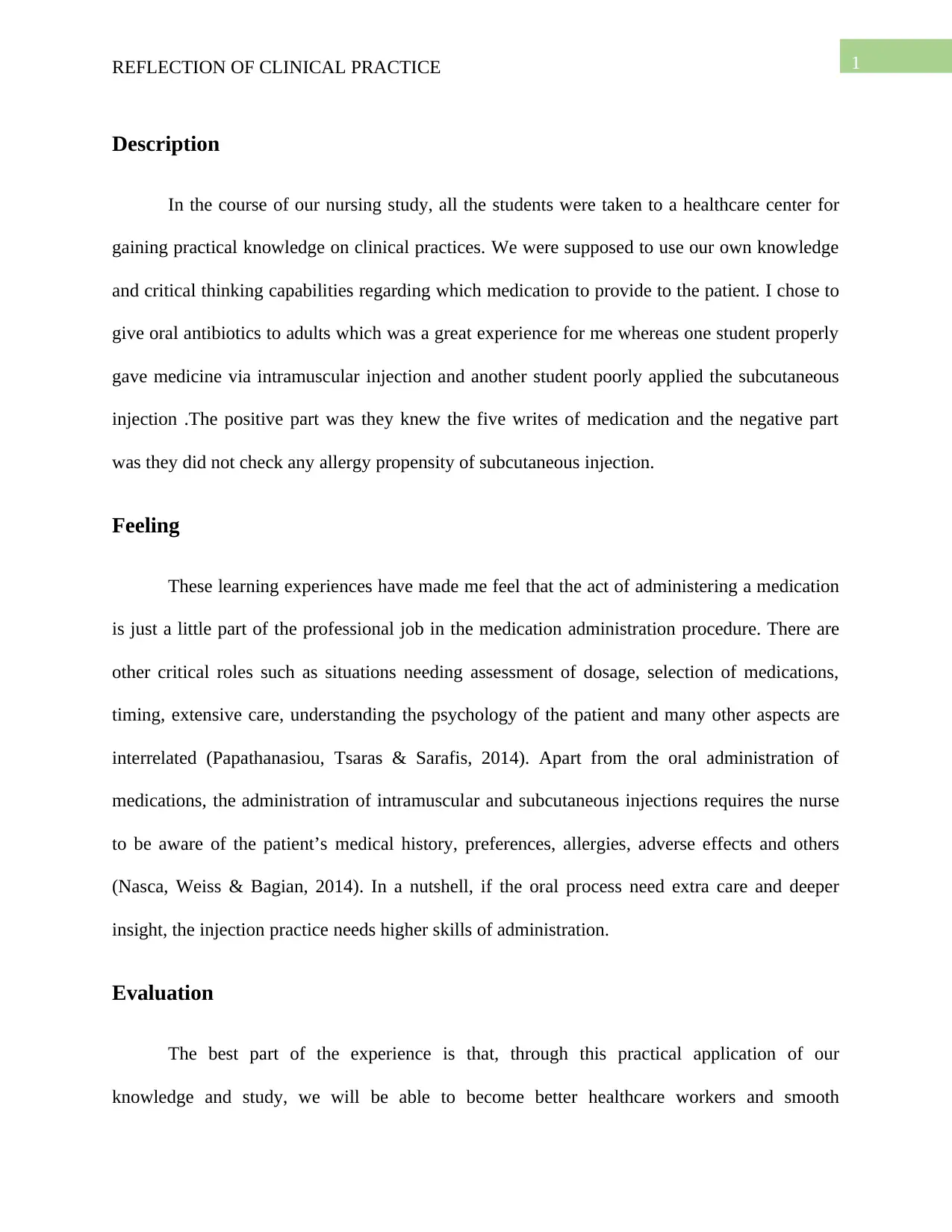
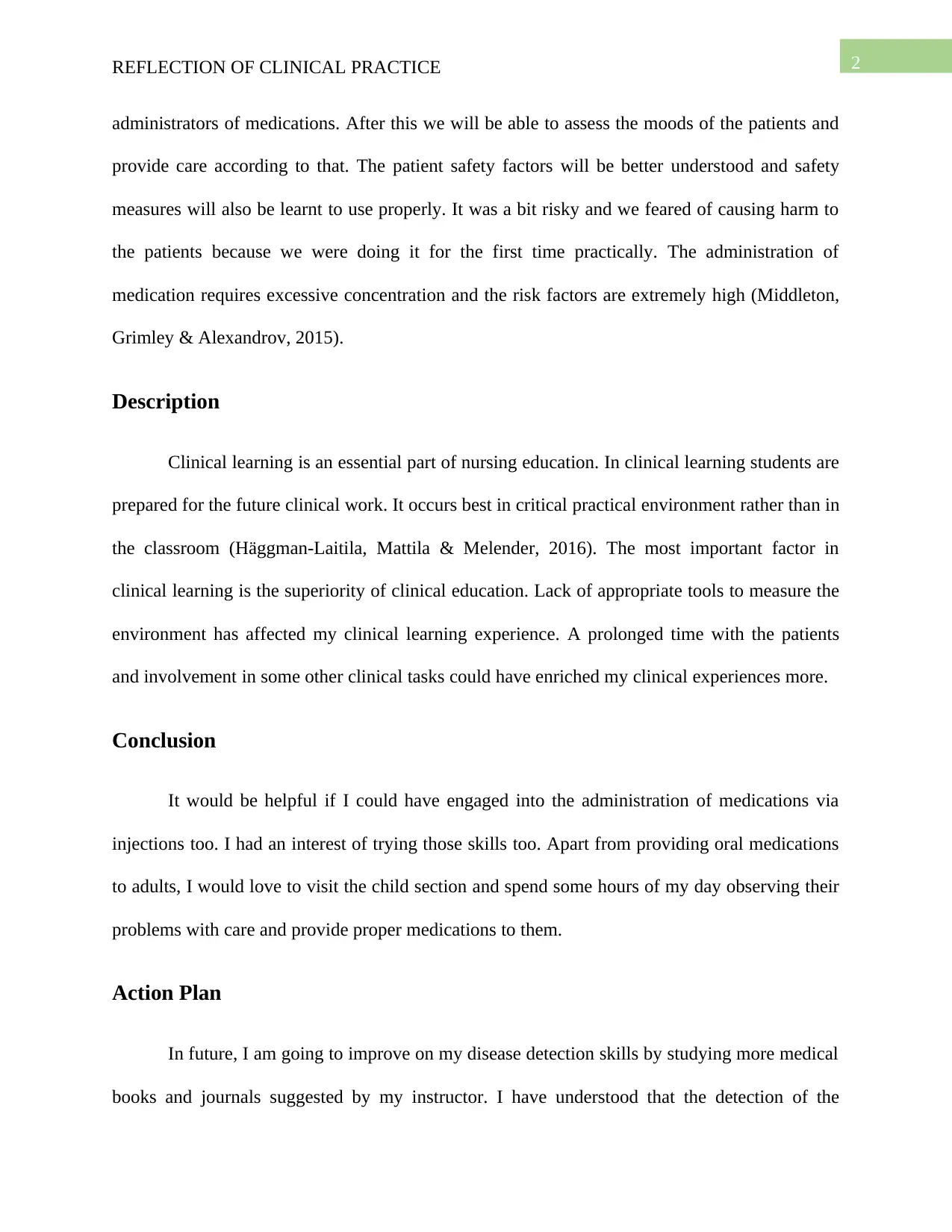

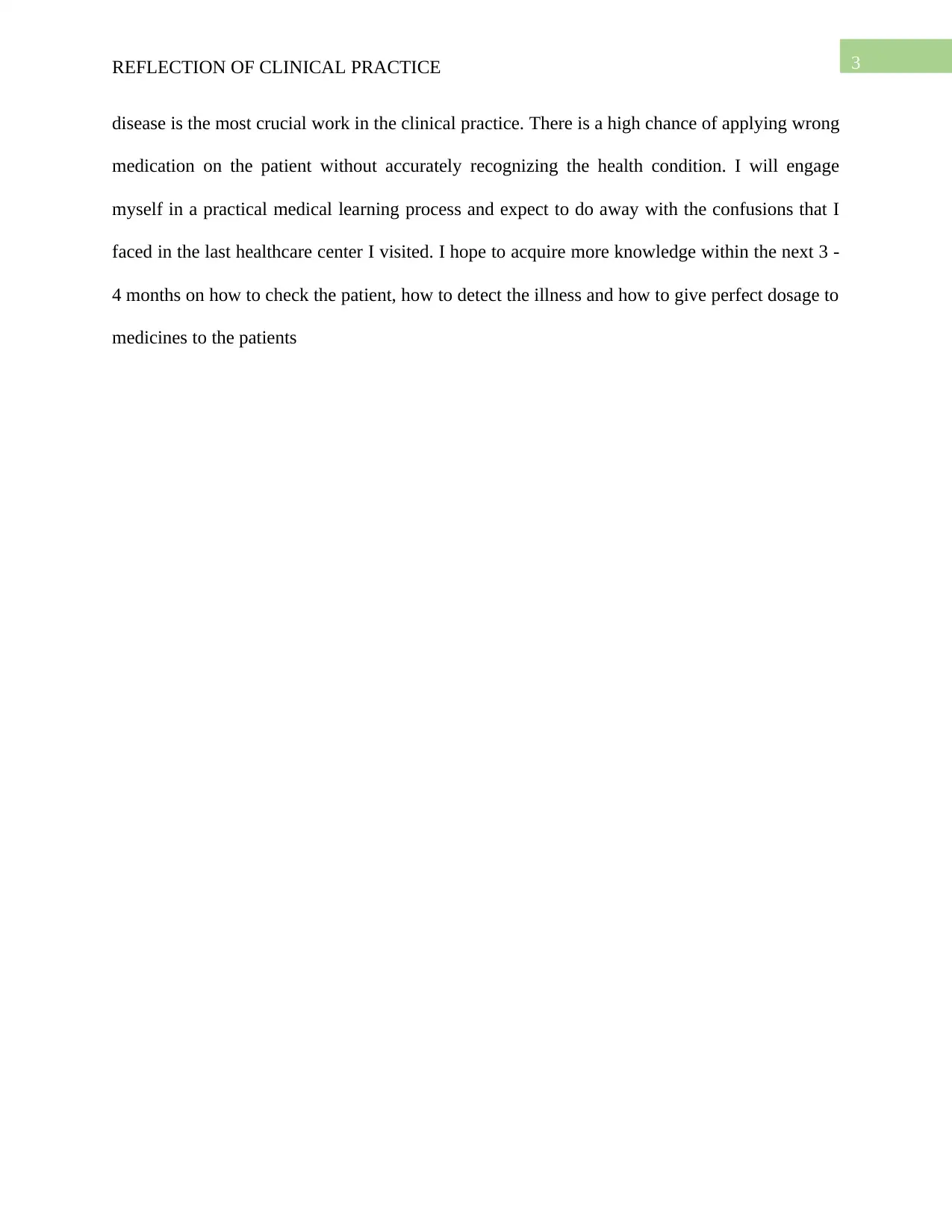
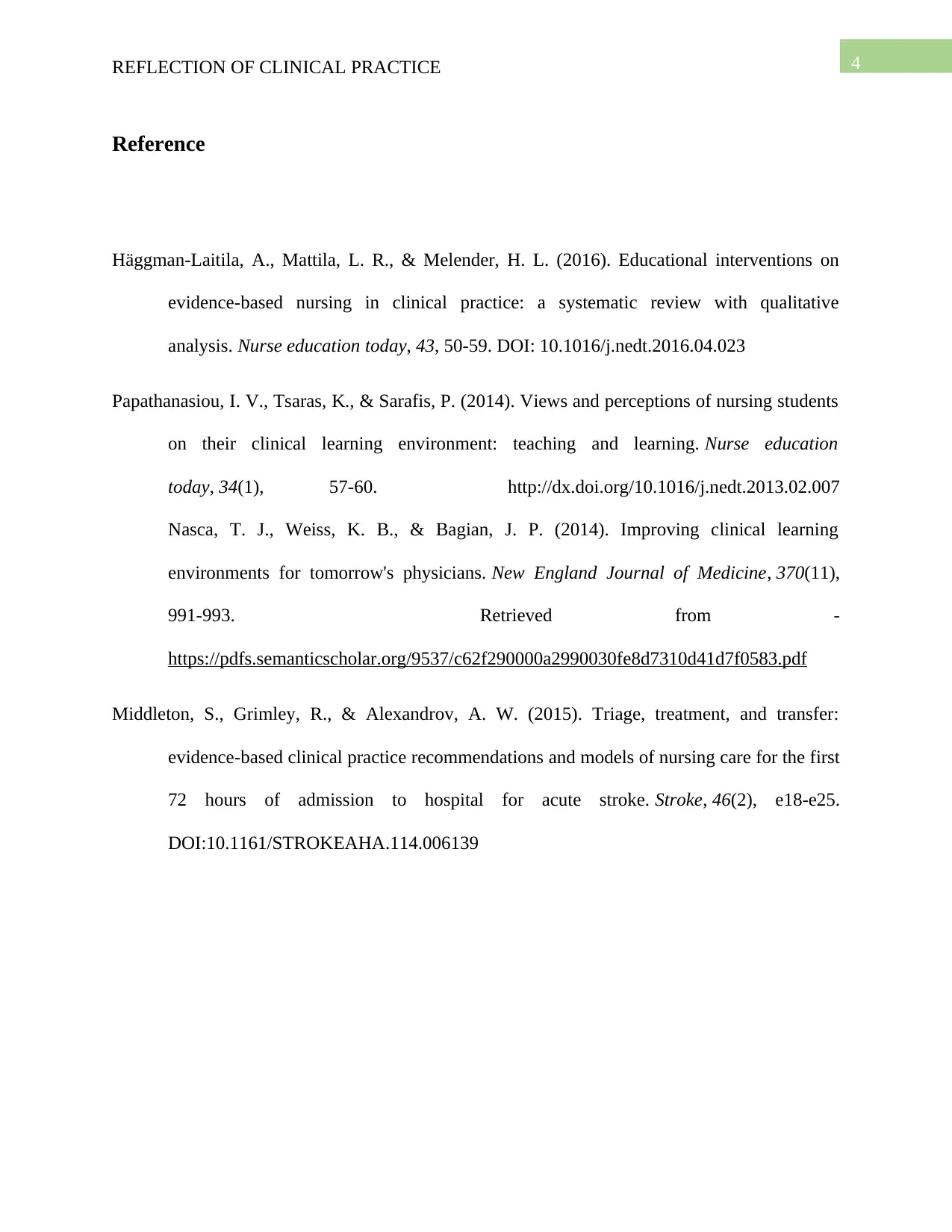






![[object Object]](/_next/static/media/star-bottom.7253800d.svg)